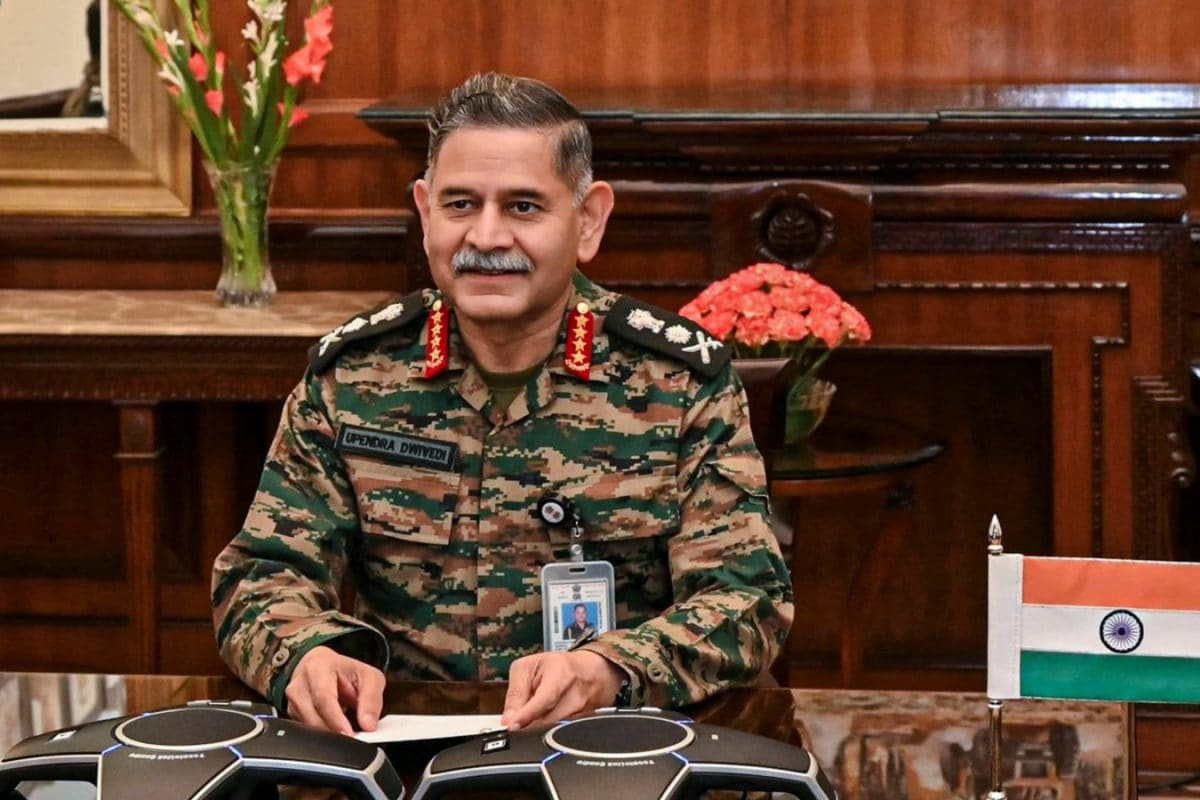

The Indian Air Force (IAF) Chief, Air Chief Marshal Amar Preet Singh, recently shed light on the preparation and execution of Operation Sindoor, revealing critical details about the strategic thinking and operational prowess that defined the mission. His insights offer a glimpse into the high-stakes environment and the calculated moves that characterized India's response to the April 22 Pahalgam terror attack, which resulted in the deaths of 26 civilians.
According to Air Chief Marshal Singh, the operation was akin to "playing chess," emphasizing the meticulous planning and anticipation of the adversary's moves. He highlighted that the success of Operation Sindoor was significantly influenced by the "political will" of the central government, which provided clear directives and allowed the armed forces the freedom to plan and execute the mission without external constraints. This strategic autonomy enabled the forces to dictate the rules of engagement and control the escalation as they deemed necessary.
Operation Sindoor was launched on May 7 as a joint operation by the Army, Navy, and Air Force, targeting terror infrastructure in Pakistan and Pakistan-occupied Jammu and Kashmir. The operation aimed to eliminate terrorists linked to groups such as Jaish-e-Mohammed, Lashkar-e-Taiba, and Hizbul Mujahideen, who were responsible for the Pahalgam attack. Indian forces successfully struck nine terrorist bases, employing precision munitions to minimize collateral damage and avoid civilian casualties.
The IAF played a crucial role in Operation Sindoor, successfully executing its assigned tasks with precision and professionalism. Air Chief Marshal Singh revealed that the IAF shot down five Pakistani fighter jets and one large aircraft, potentially an AWACS (Airborne Warning and Control System) or electronic intelligence platform. This was described as the largest-ever recorded surface-to-air kill by India, achieved at a distance of approximately 300 kilometers. The Russian-made S-400 air defense system was instrumental in these aerial kills, effectively denying Pakistani aircraft and UAVs access to the Indian air defense system.
The targets of Operation Sindoor included command and control centers, radar systems, and aircraft hangars, effectively addressing the "ghost of Balakot" by showcasing tangible achievements and losses inflicted on the adversary. Key targets such as the Shahbaz Jacobabad airfield, where an F-16 hangar was partially destroyed, and command-and-control centers in Murid and Chaklala were successfully neutralized.
Air Chief Marshal Singh also emphasized the importance of coordination between the three forces – Army, Navy, and Air Force – in ensuring the success of Operation Sindoor. He noted that the Chief of Defence Staff (CDS) played a pivotal role in synchronizing the efforts of the three forces, facilitating seamless cooperation and maximizing the effectiveness of the operation. National Security Advisor Ajit Doval was also commended for his role in bringing various agencies and forces together.
Following the strikes, Pakistan retaliated with cross-border shelling, attempted drone strikes, and air defense measures, targeting military installations across Northern and Western India. However, these attempts were effectively neutralized by the Integrated Counter-UAS Grid and Air Defence systems. India responded by targeting air defense radars and systems at various locations in Pakistan, mirroring the Pakistani action in both domain and intensity.
Operation Sindoor not only inflicted significant damage on Pakistan's air fleet and terror infrastructure but also sent a strong message about India's resolve to combat terrorism. Air Chief Marshal Singh revealed that after the operation, many people close to him remarked "aur maarna tha," reflecting a sentiment that India should have struck even harder. The operation has been hailed as a landmark, intelligence-driven response that redefined India's counter-terrorism doctrine, demonstrating the country's ability to deliver precise, punitive, and coordinated action.